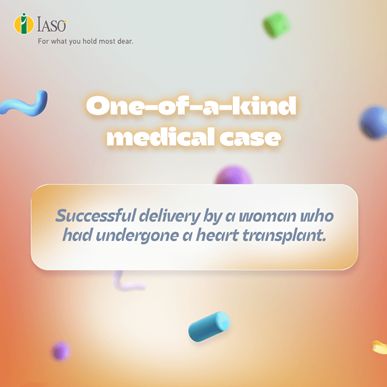
Gynecologic Laparoscopic Surgery
Gynecologic Clinic
Call center
210 618 4000 IASO has 6 laparoscopy rooms, where all the minimally invasive procedures may be performed. The facilities are state-of-the-art and the staff are fully qualified.
Some of the procedures that may be performed are:
Laparoscopic surgery
- Total or partial hysterectomy with or without the appendages
- Ectopic (extrauterine) pregnancy treatment
- Removal of fibroids
- Removal of ovarian masses
- Endometriosis
- Urogynecological problems (prolapse of internal genital organs, inconsistence)
- Laparoscopic ligation of uterine cervix
- Oncologic cases
Nowadays, minimally invasive techniques are gaining ground over open surgeries. This happens because:
- The rapid advancements in technology allow the use of small instruments with extreme precision and the use of camera systems with high resolution images
- There is scientific evidence available proving that these procedures are performed with greater safety, significantly limiting any complications.
What is laparoscopic surgery?
Laparoscopy is a minimally invasive surgical technique.
It provides access to the peritoneal cavity through small holes, avoiding large and painful incisions along the abdominal walls.
The surgeon views the organs magnified on a monitor, through a HD camera. These procedures are possible with the help of very fine instruments in a specially equipped operating room.
It provides access to the peritoneal cavity through small holes, avoiding large and painful incisions along the abdominal walls.
The surgeon views the organs magnified on a monitor, through a HD camera. These procedures are possible with the help of very fine instruments in a specially equipped operating room.
Benefits of laparoscopy over open surgery (laparotomy)
- Excellent aesthetic results. Incisions in the order of 5-10 cm, as opposed to incisions measuring 7-10 cm for open surgery.
- Much less postoperative pain due to these very small incisions.
- Immediate mobilization, usually on the same day, and fast return to daily activities and professional obligations.
- The immediate mobilization reduces the risk of thrombosis and hospital-acquired infections.
- Less of a chance of postoperative adhesions, which could cause pain, ileus, infertility, etc. in the long run.
- Minimal chance of postoperative hernia developing.
Attention:
In the event of very increased body weight or history of multiple open procedures in the past, it may be deemed necessary to have open surgery rather than laparoscopic.









